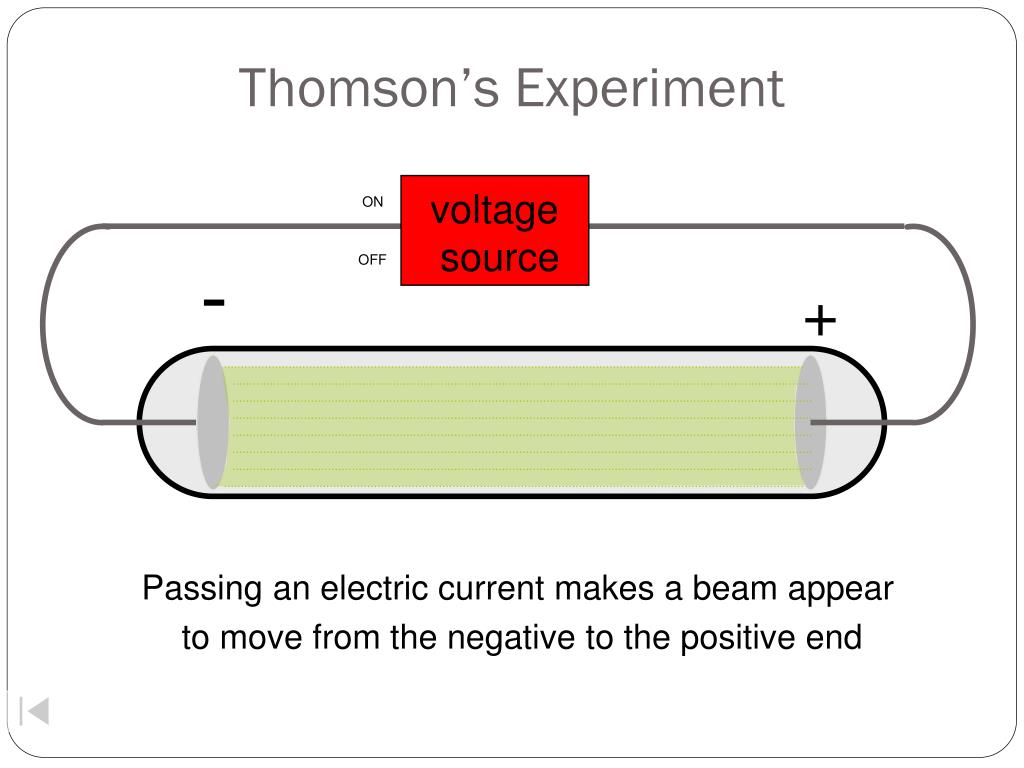

Where are the subatomic particles located in an atom?

What is the name of the atomic model in which electrons are treated as waves? The energy must be given out when “excited” electrons fall from a high energy level to a low energy level. Neil Bohr said that the electron must orbit around the nucleus in fixed energy levels. Why do electrons have to orbit around the nucleus? Thomson’s pudding model was of electrons in a cloud of positive charge. Compare and contrast Thomson’s plum pudding atomic model with Rutherford’s nuclear atomic model. John Dalton’s atomic theory was that atoms are like tiny, hard balls that are indestructible, which is not true because atoms can be broken down into smaller particles. Why was John Dalton’s atomic theory not true? He used a Cathode Ray Tube and discovered that the beam of particles were attracted to a positive charge, meaning that the particles had a negative charge. Firstly, Thomson discovered the electron. How did Thomson discover that electrons have a negative charge?Įvaluate the experiments that led to the conclusion that electrons are negatively charged particles found in all matter. Rutherford’s experiment is called the gold foil experiment because he used gold foil. Thomson was also able to determine the charge-to-mass ratio of an electron. Thomson conducted the cathode ray tube experiment that proved the existence of a small negatively charged particle. Thomson proposed the plum pudding model of the atom, which had negatively-charged electrons embedded within a positively-charged “soup.” What experiment proved the existence of electrons?

Thomson’s experiments with cathode ray tubes showed that all atoms contain tiny negatively charged subatomic particles or electrons. Which experimental evidence indicates that electrons are the constituents of all atoms? This theory further helped physicists in understanding the structure of an atom. Thomson concluded that rays were and are basically negatively charged particles present or moving around in a set of a positive charge. What were the results of JJ Thomson’s experiment?Īfter completing the experiment J.J. Thomson proposed the plum pudding model of the atom, which had negatively-charged electrons embedded within a positively-charged “soup.” Niels Bohr built upon Rutherford’s model to make his own. The gold-foil experiment showed that the atom consists of a small, massive, positively charged nucleus with the negatively charged electrons being at a great distance from the centre. What did Rutherford’s gold foil experiment tell about the atom? He found a green glow on the wall of his glass tube and attributed it to rays emanating from the cathode. Their work culminated in the discovery by English physicist J.J. How was electron discovered?ĭuring the 1880s and ’90s scientists searched cathode rays for the carrier of the electrical properties in matter. The charge of an electron was measured by R. Thomson in Cathode Ray Tube (CRT) experiment. Which experiment led to the discovery of electrons and how?Įlectron was discovered by J.


 0 kommentar(er)
0 kommentar(er)
